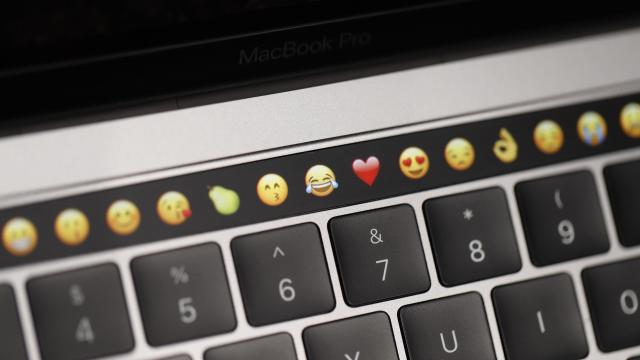Emotion is something that is incredibly difficult to get across in a digital format. Aside from ending your texts with “lol” to appear less threatening, or ending a tweet with “/s” to indicate sarcasm, your only real choice in getting the intended meaning of your message across is the emoticon. Today, we know them as emojis, but 40 years ago, the first emoticon was born with just a few keystrokes.
The opportunities were endless as the early Internet stepped into its new role as a digital terra incognita. With a new frontier for humanity to explore and settle, one of the largest unknowns was how language would evolve in this new space. Given the missing opportunity to express emotion with visual cues, it would be too easy for meaning and humanity to be lost within the machinations of digital communication. So in an effort to communicate humour (and lack thereof) more efficiently, professor Scott E. Fahlman from Carnegie Mellon University proposed a pictographic hierarchy to delineate attempts at jokes on the university’s online bulletin board (called a “bboard”). In his post on September 19, 1982 at 11:44 am, he said:
I propose that the following character sequence for joke markers:
🙂
Read it sideways. Actually, it is probably more economical to mark things that are NOT jokes, given current trends. For this, use
🙁
Since that message was posted on Carnegie Mellon’s bboard 40 years ago, we’ve covered a ton of ground. The “colon parentheses” emoticons took a little while to catch on as the Internet expanded out from universities and the military and into people’s homes throughout the 90’s. People with home computers and internet connections were able to post the original emoticons as well as their variants, like 😉 as a winking face and >:-( as an angry face.
Typography continued to evolve as wingdings were developed in 1990, allowing users access to symbols through their keyboard. Pictographic representations of everything from smiley faces to pointing fingers to aeroplanes to arrows were now available with a single keystroke. Kaomojis, likewise, were created as the Japanese counterpart to Fahlman’s emoticons, the difference being readers were not forced to turn their head. Kaomoji users could also select from a myriad of different kaomojis to represent the same emotion, like joy and confusion. Kaomojis were first developed sometime in the 1980’s, but have seen a resurgence in the last decade with meme culture.
Today, on the 40th birthday of the original emoticon, it would appear that those classic emoticons are old-fashioned, as emojis reign supreme. It wasn’t a bad run, and to be fair, who knows whether we’d know how to fully express ourselves via text without Fahlman’s pioneering another way to communicate.
